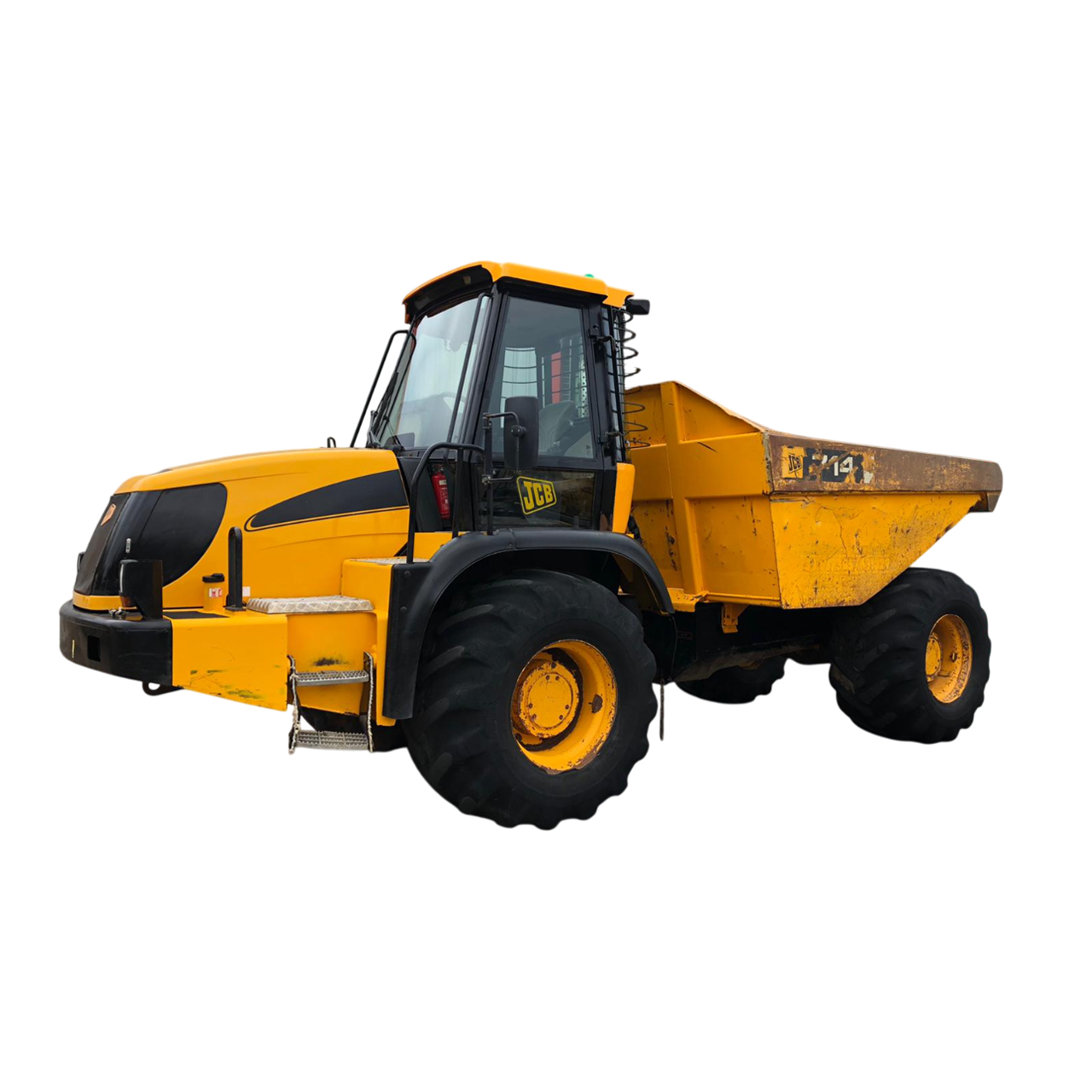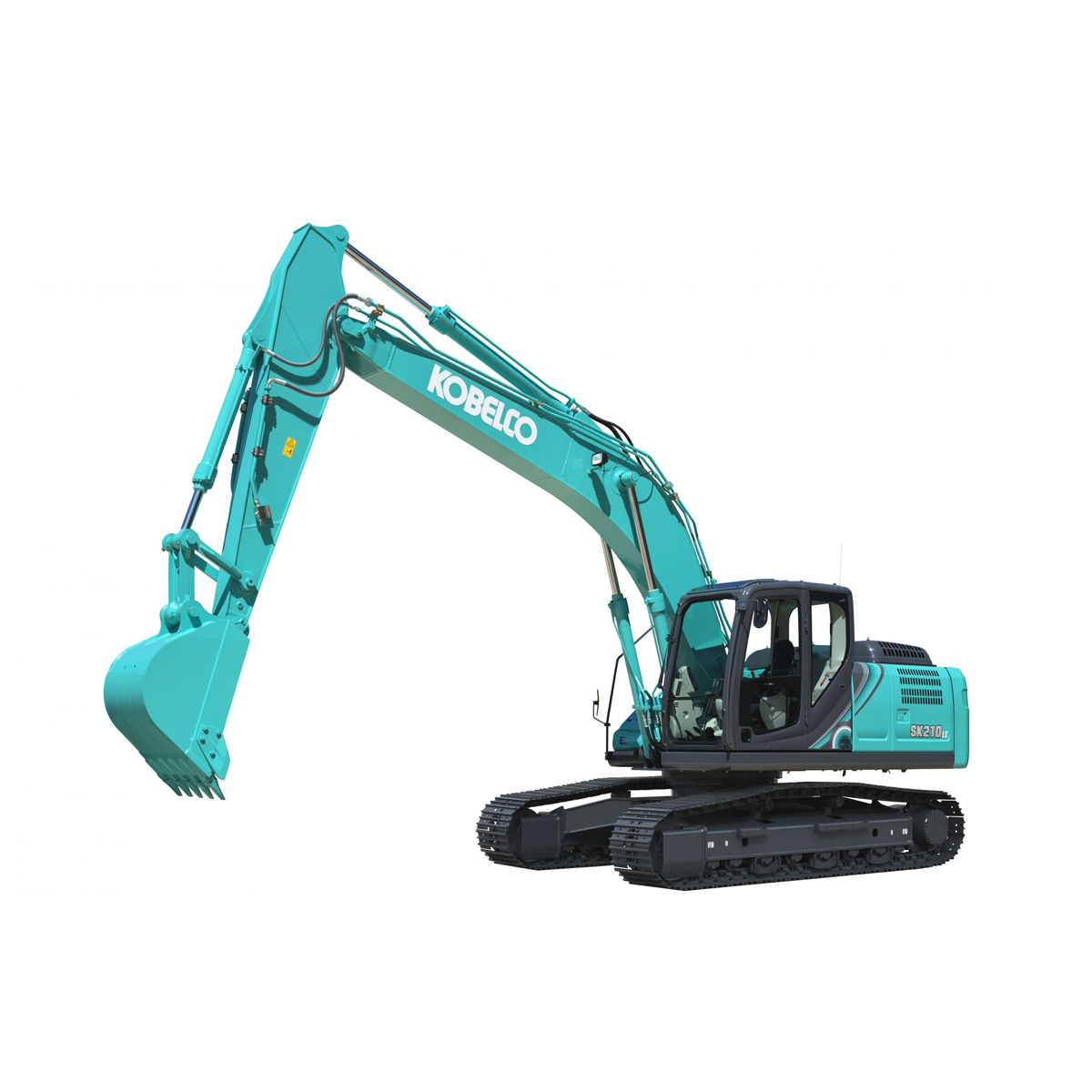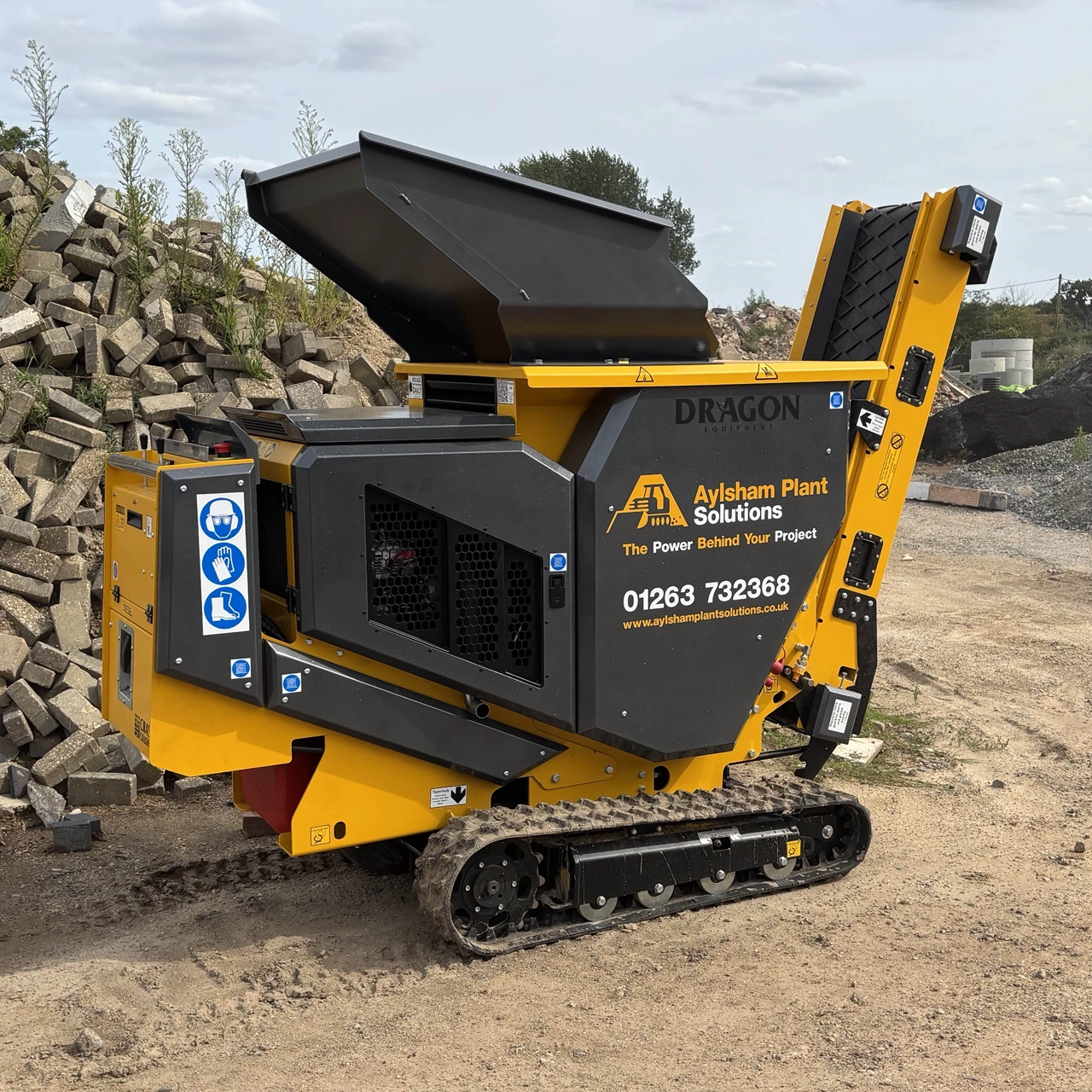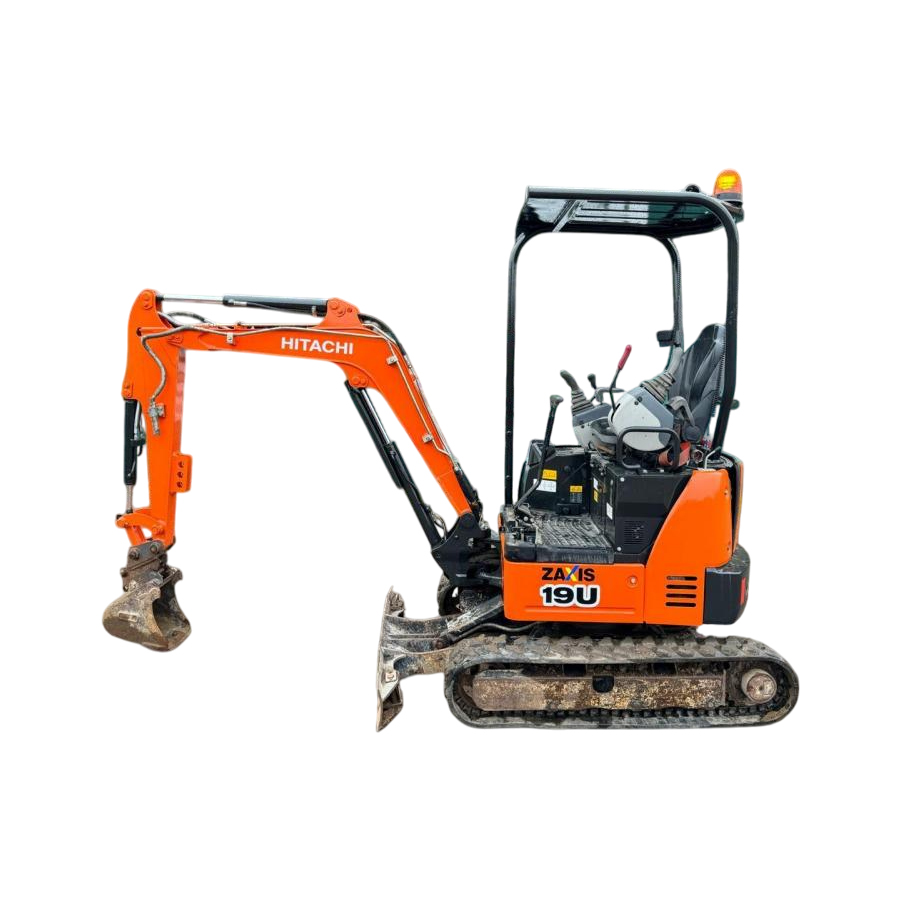
Small excavators are some of the most versatile machines available for modern construction and landscaping work. Sitting between micro diggers and larger 3 tonne models, these 1.7 to 2.6 tonne machines deliver a balance of power and manoeuvrability that makes them useful across a wide range of projects. Hiring small excavators gives contractors and homeowners access to reliable equipment without the costs of ownership, making them a practical choice for both short and long-term jobs.
Why Choose Small Excavators for Construction and Landscaping
The popularity of small excavators has grown because they are compact enough to work in restricted spaces but powerful enough to handle serious digging tasks. A 1.7 tonne model is light and highly manoeuvrable, ideal for sites with narrow access or residential gardens. Stepping up to a 2.6 tonne excavator provides additional digging depth and lifting capacity, which is often required on commercial or more demanding jobs.
Compared with micro excavators, small excavators provide more reach, stability, and breakout force. At the same time, they are still easier to transport and operate than larger machines, which can be overkill for smaller projects.
Tip 1: Match the Excavator Size to Your Project
Selecting the right size within the 1.7 to 2.6 tonne range ensures efficiency and prevents unnecessary costs. For garden works, fence post installation, or small trenching tasks, a 1.7 tonne mini digger is usually sufficient. It is compact enough to pass through tight access points but still strong enough to carry out essential groundwork.
For deeper foundations, larger utility trenches, or landscaping tasks involving heavy soil, stepping up to a 2.6 tonne mini digger often makes sense. This extra size provides improved digging depth and lifting strength while remaining compact enough for most sites.
Tip 2: Use the Right Attachments with Small Excavators
Small excavators can do far more than basic digging. With the right attachments, they become multi-purpose tools that support a variety of tasks. Buckets of different sizes handle trenching, grading, and clearance. Hydraulic breakers make light work of concrete removal, while augers allow for precise drilling of post holes.
Contractors who understand the range of available attachments can significantly increase productivity. Hiring these tools alongside the excavator ensures the machine can perform multiple roles on the same project, saving time and additional hire costs.
Tip 3: Plan for Access and Site Layout
Even compact machines require proper planning to maximise efficiency. Before bringing a small excavator onto the site, operators should assess entry points, turning areas, and soil conditions. A 1.7 tonne model is easier to manoeuvre in confined gardens or between buildings, but a 2.6 tonne excavator may need more clearance.
Pairing small excavators with additional equipment can further streamline work. For example, using a 1-tonne dumper alongside the excavator reduces manual handling when moving soil or rubble. This simple combination can save hours of labour and keep the project progressing smoothly.
Tip 4: Prioritise Safety with Small Excavators
While small excavators are more straightforward to operate than larger machines, safety must always come first. Proper operator training ensures efficient use and reduces the risk of accidents. Ground conditions should be assessed to avoid instability, and protective barriers are recommended when working near utilities or structures.
Modern small excavators include features such as roll-over protection and ergonomic controls, which enhance both safety and comfort. Even so, careful planning and adherence to safe working practices are essential on every job.
Tip 5: Maximise Value Through Flexible Hire Options
Hiring small excavators offers clear financial benefits compared with outright purchase. Contractors can choose daily, weekly, or monthly hire agreements depending on project needs. Short-term rental is ideal for one-off residential tasks, while longer hire periods provide cost savings on commercial projects.
Access to well-maintained, modern equipment is another benefit of hire. Instead of dealing with servicing, storage, and depreciation, contractors receive a ready-to-use excavator that has been inspected and prepared by professionals. This reliability reduces downtime and keeps projects on schedule.
How Small Excavators Compare with Other Machines
Small excavators provide the ideal balance between micro models and heavier equipment. Micro excavators are perfect for ultra-restricted access but lack the strength for larger tasks. By contrast, a 3-tonne excavator offers greater digging power but may not be suitable for residential properties or tight urban sites.
By choosing a 1.7 or 2.6 tonne machine, operators gain enough force to complete demanding work while maintaining the flexibility to operate in varied environments. This balance is why small excavators are often the go-to choice for contractors handling diverse projects.
Practical Applications of Small Excavators
The versatility of small excavators makes them valuable across many industries. Builders use them for footings, drainage, and general groundwork. Landscapers rely on them for garden clearance, pond installation, and soil levelling. Utility contractors find them indispensable for laying pipes and cables where precision and controlled digging are required.
Homeowners also benefit from hiring small excavators for domestic renovations. Whether creating driveways, preparing for extensions, or installing garden features, the machines deliver professional results without excessive cost or disruption.
Conclusion
Small excavators in the 1.7 to 2.6 tonne range combine compact design with reliable strength, making them essential for modern construction and landscaping. By matching the machine size to the job, using the right attachments, planning site access, and taking advantage of flexible hire options, contractors and homeowners can achieve efficient, cost-effective results.
For projects that demand both manoeuvrability and power, small excavators remain one of the most practical choices available. View our 1.7 tonne mini digger and 2.6 tonne mini digger hire options to find the right machine for your next project.
Related Posts
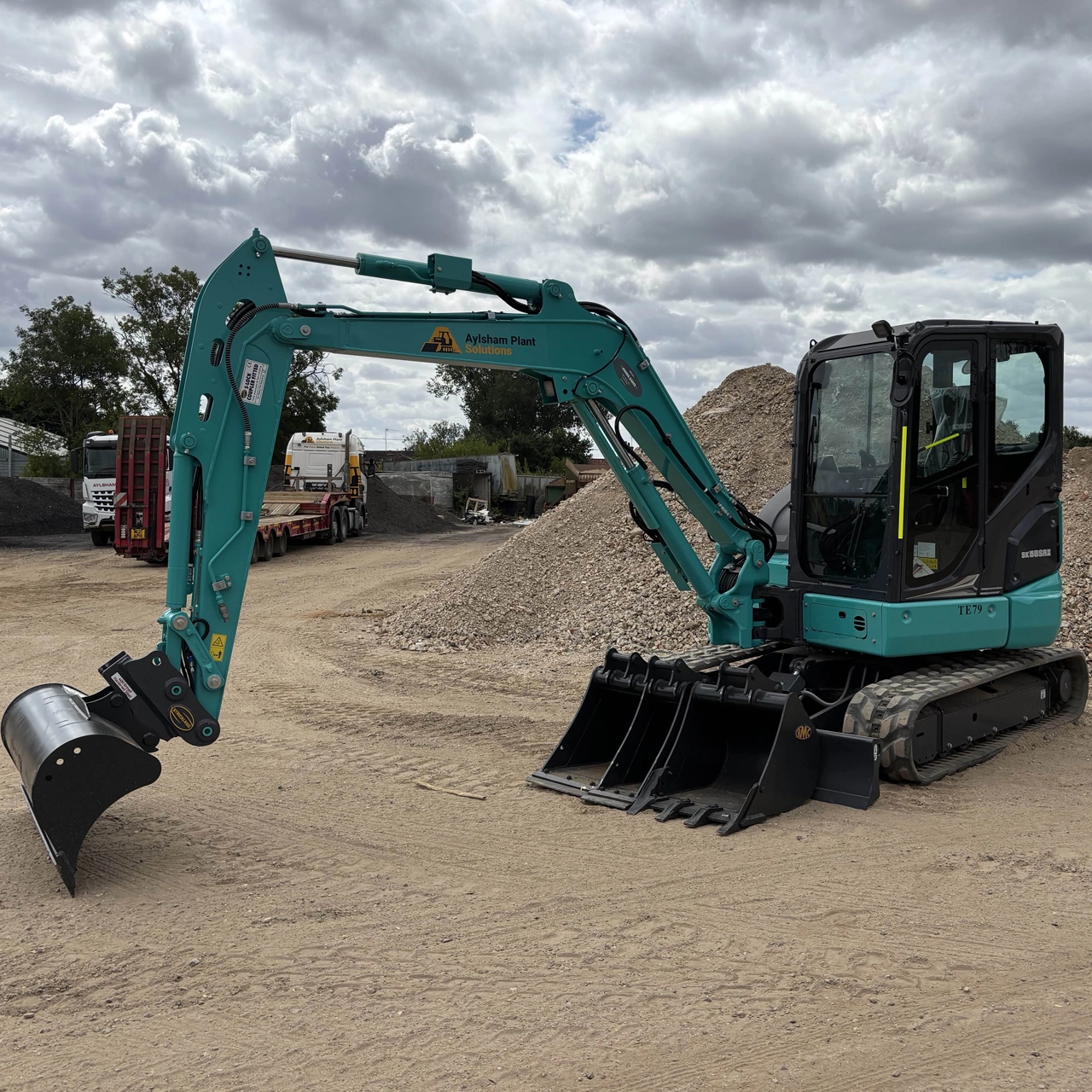
Why Groundwork Contractors Rely on Plant Hire for Every Stage of Construction
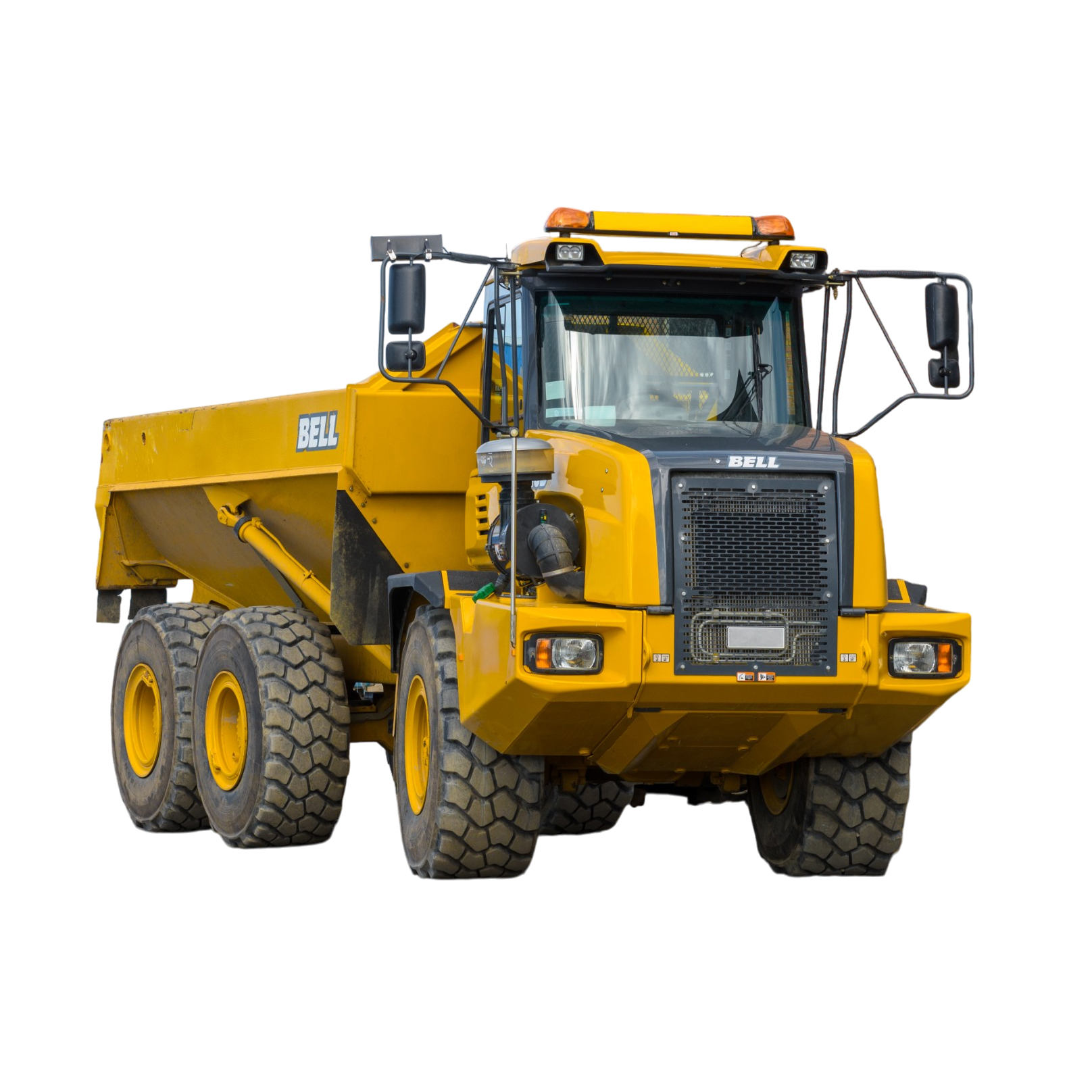
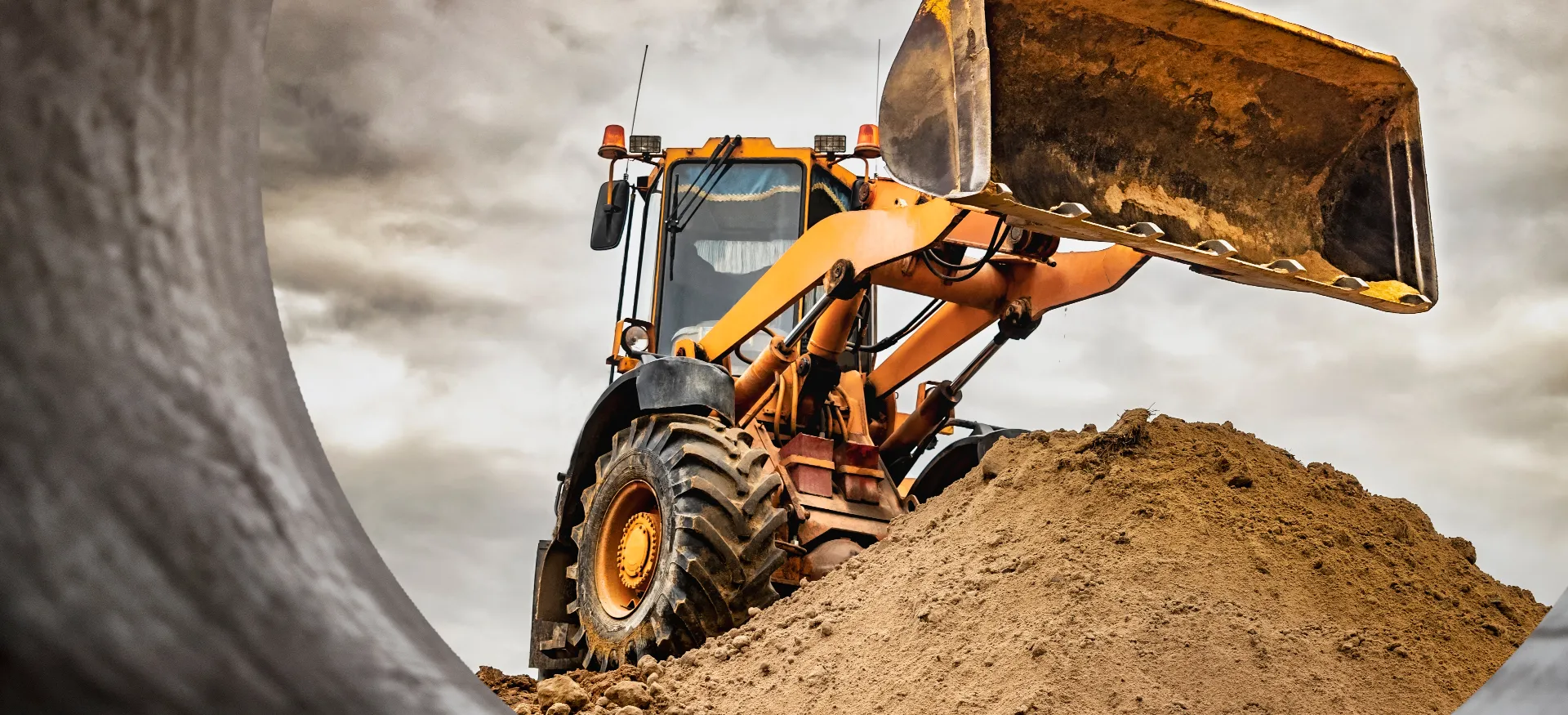
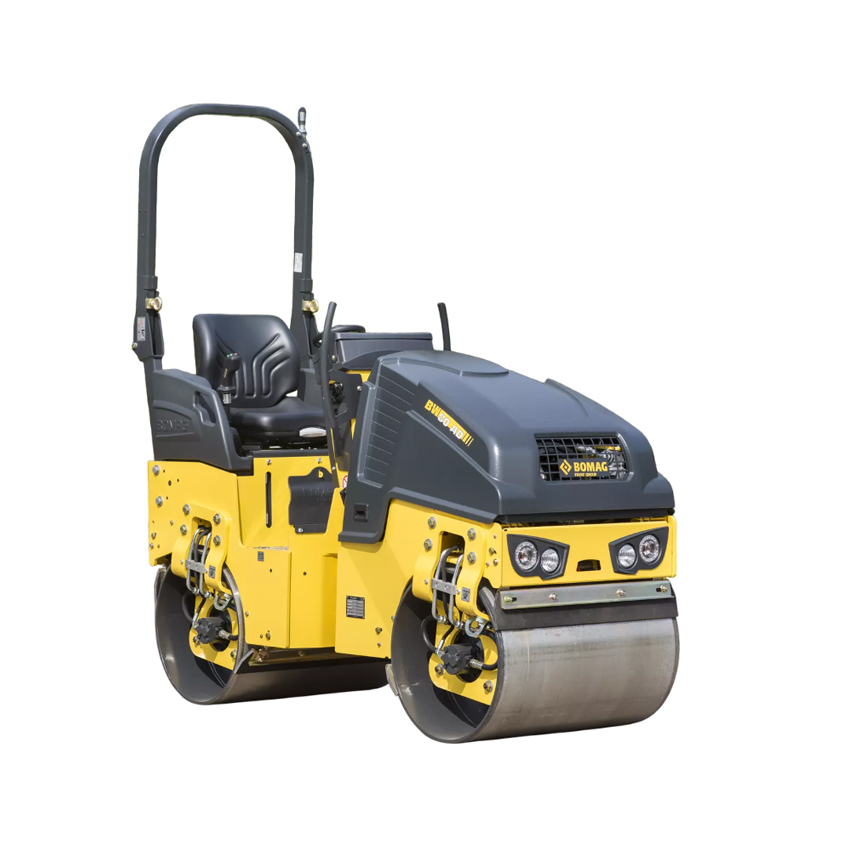
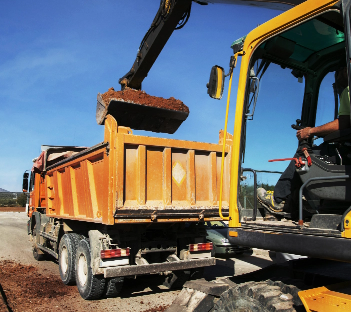

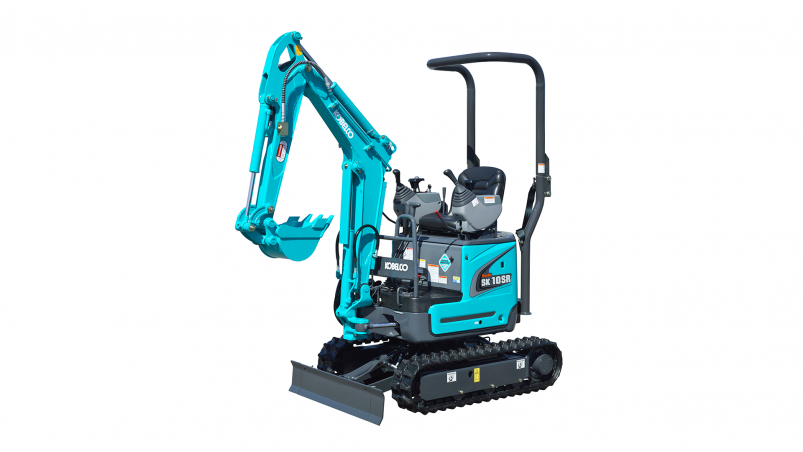
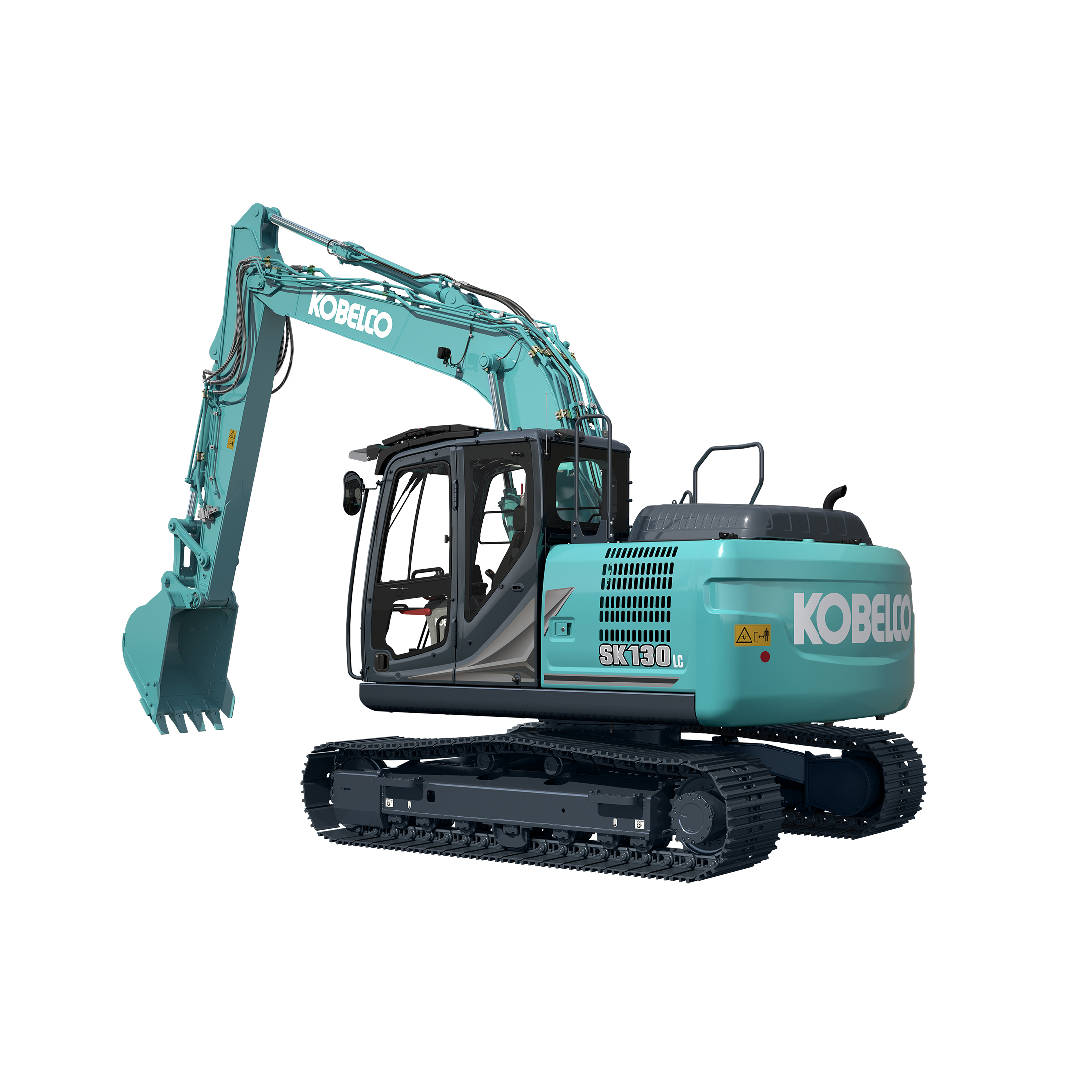
13 Tonne Excavator Hire: How 13 to 15 Tonne Excavators Improve On-Site Productivity
